The DNP probably stands for do not populate, so there might be different variants around during assembly - or there were during development until it was settled to just the one variant being sold now.
Based on this schematic I can think of up to five configurations making sense (without knowing exactly what USB_VIN and USB_VBUS are):
Populate:
- Only R26 -> device is powered from USB_VIN
- Only R176 -> device is powered from USB_VBUS
- Only D12 -> device is powered from USB_VIN (minus diode drop), VIN is protected from getting reverse currents
- Only D5 -> device is powered from USB_VBUS (minus diode drop) VBUS is protected from getting reverse currents
- D5 and D12 -> device is powered either from VIN or VBUS (minus diode drop) depending on which is higher ("diode or" of two power supplies) both are protected from reverse currents
Populating both resistors makes no sense, as you might run into shorting VBUS to VIN. Which could destroy one or both supplies.
Populating a 0 ohm resistor and a diode in parallel makes no sense as the diode wouldn't be active.
Note: when the resistor wouldn't be 0 R, the analysis would change - so a resistor parallel to a diode might have some value in some other circuit.
